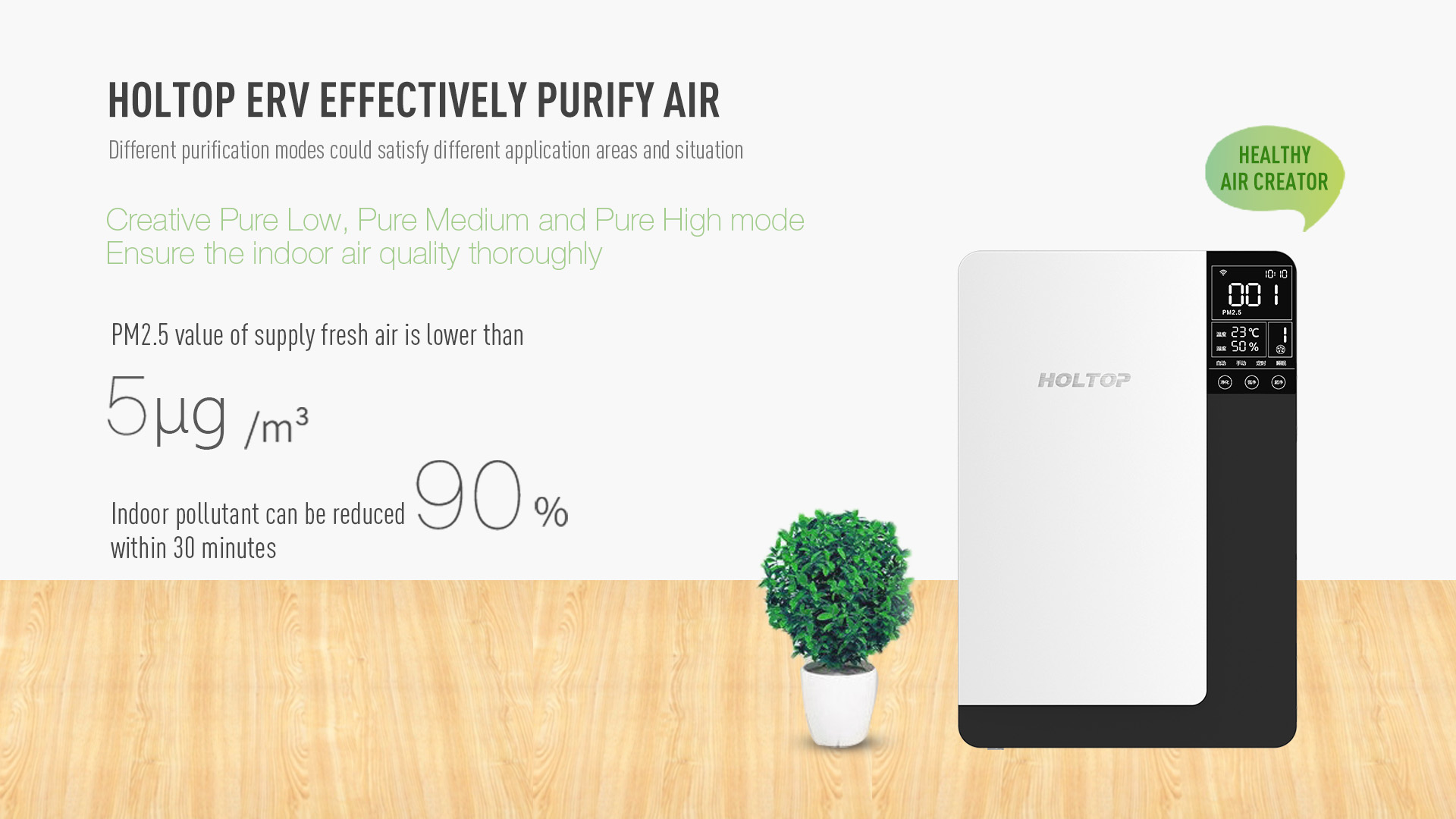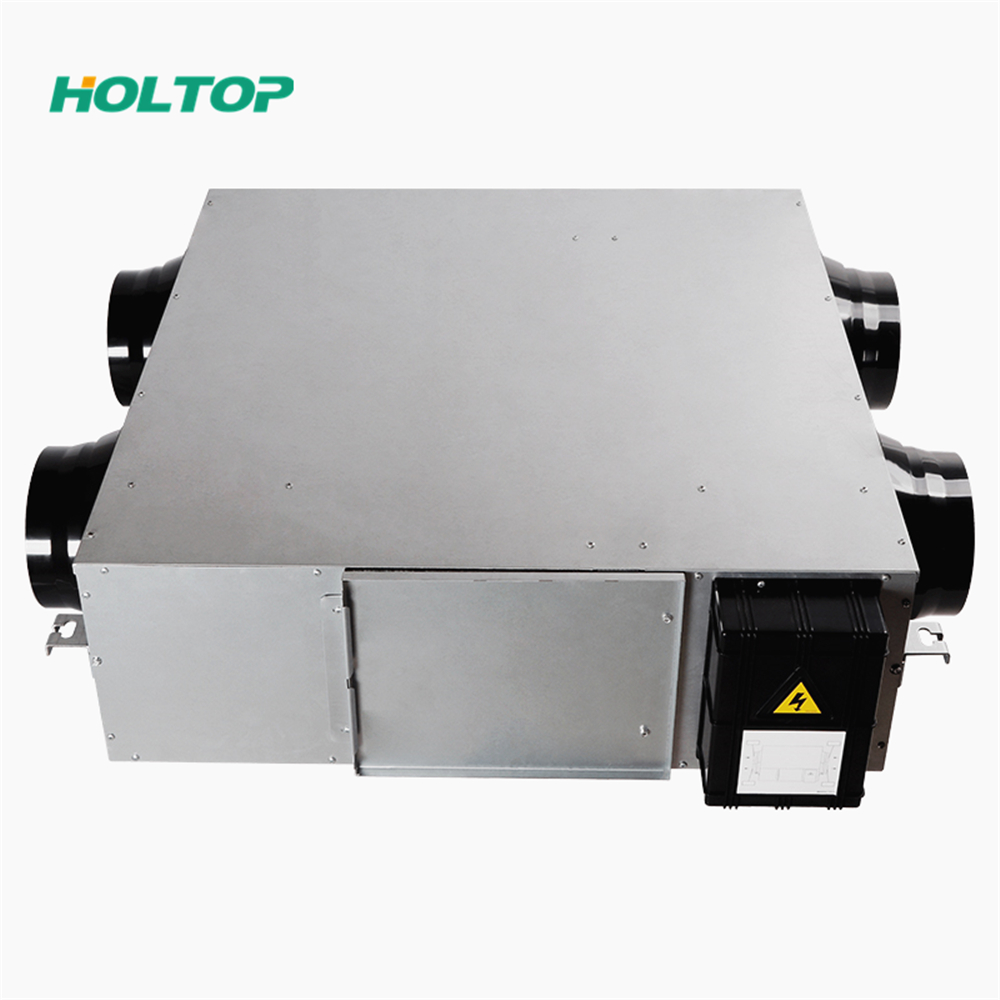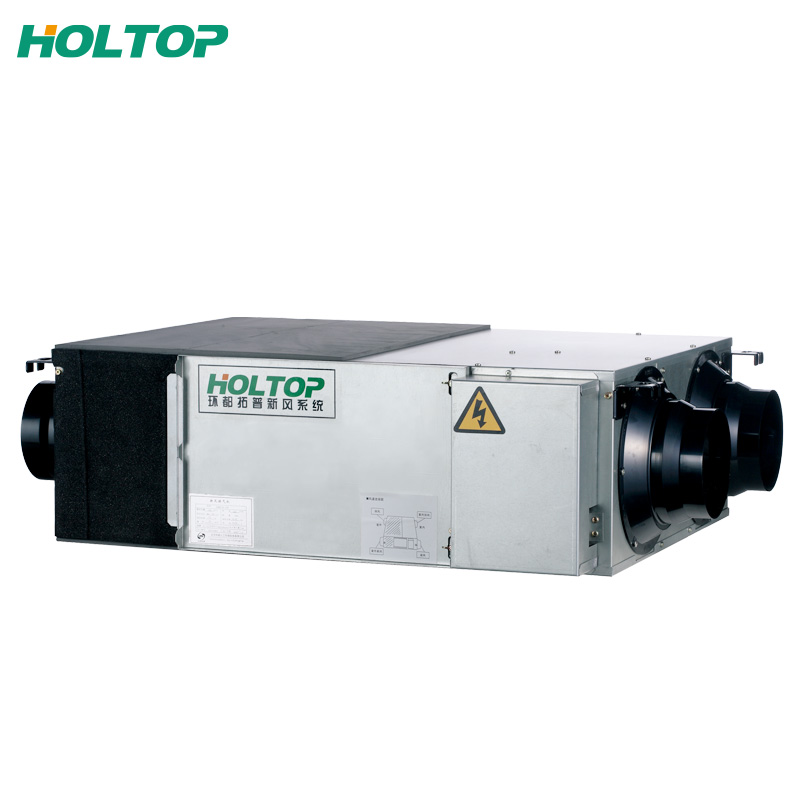The vast majority of SARS-CoV-2 transmission occurs indoors, most of it from the inhalation of airborne particles that contain the coronavirus. The best way to prevent the virus from spreading in a home or business would be to simply keep infected people away. But this is hard to do when an estimated 40% of cases are asymptomatic and asymptomatic people can still spread the coronavirus to others.
Masks do a decent job at keeping the virus from spreading into the environment, but if an infected person is inside a building, inevitably some virus will escape into the air.
Once the virus escapes into the air inside a building, you have two options: bring in fresh air from outside or remove the virus from the air inside the building.

It’s all about fresh, outside air
The safest indoor space is one that constantly has lots of outside air replacing the stale air inside.
In commercial buildings, outside air is usually pumped in through heating, ventilating and air-conditioning (HVAC) systems. In homes, outside air gets in through open windows and doors, in addition to seeping in through various nooks and crannies.
Simply put, the more fresh, outside air inside a building, the better. Bringing in this air dilutes any contaminant in a building, whether a virus or a something else, and reduces the exposure of anyone inside. Environmental engineers like me quantify how much outside air is getting into a building using a measure called the air exchange rate. This number quantifies the number of times the air inside a building gets replaced with air from outside in an hour.
While the exact rate depends on the number of people and size of the room, most experts consider roughly six air changes an hour to be good for a 10-foot-by-10-foot room with three to four people in it. In a pandemic this should be higher, with one study from 2016 suggesting that an exchange rate of nine times per hour reduced the spread of SARS, MERS and H1N1 in a Hong Kong hospital.
Many buildings in the U.S., especially schools, do not meet recommended ventilation rates. Thankfully, it can be pretty easy to get more outside air into a building. Keeping windows and doors open is a good start. Putting a box fan in a window blowing out can greatly increase air exchange too. In buildings that don’t have operable windows, you can change the mechanical ventilation system to increase how much air it is pumping. But in any room, the more people inside, the faster the air should be replaced.
Using CO2 to measure air circulation
So how do you know if the room you’re in has enough air exchange? It’s actually a pretty hard number to calculate. But there’s an easy-to-measure proxy that can help. Every time you exhale, you release CO2 into the air. Since the coronavirus is most often spread by breathing, coughing or talking, you can use CO2 levels to see if the room is filling up with potentially infectious exhalations. The CO2 level lets you estimate if enough fresh outside air is getting in.
Outdoors, CO2 levels are just above 400 parts per million (ppm). A well ventilated room will have around 800 ppm of CO2. Any higher than that and it is a sign the room might need more ventilation.
Last year, researchers in Taiwan reported on the effect of ventilation on a tuberculosis outbreak at Taipei University. Many of the rooms in the school were underventilated and had CO2 levels above 3,000 ppm. When engineers improved air circulation and got CO2 levels under 600 ppm, the outbreak completely stopped. According to the research, the increase in ventilation was responsible for 97% of the decrease in transmission.
Since the coronavirus is spread through the air, higher CO2 levels in a room likely mean there is a higher chance of transmission if an infected person is inside.
Holtop developed a new version of wall-mounted ERV, the CO2 version wall-mounted ERV. It is different from our PM2.5 version wall-mounted ERV. Now the wall-mounted ERV can be equipped with either a CO2 sensor or a PM2.5 sensor. Their working logic is different when the ERV is under Auto Mode. Users can select the version depending on the actual project needs. When the room is crowded, the CO2 concentration is higher than the normal situation, then the CO2 sensor will detect the CO2 concentration value, and the ERV will run at high speed automatically.
Heat reccovery ventilators
If you are in a room that can’t get enough outside air for dilution, consider a heat recovery ventilator. These machines remove particles from the air, usually using a filter made of tightly woven fibers. They can capture particles containing bacteria and viruses and can help reduce disease transmission.
The U.S. Environmental Protection Agency says that heat recovery ventilators can do this for the coronavirus, but not all heat recovery ventilator are equal. Before you go out and buy one, there are few things to keep in mind.
The first thing to consider is how effective a heat recovery ventilator’s filter is. Your best option is a ventilator that uses a high-efficiency particulate air (HEPA) filter, as these remove more than 99.97% of all particle sizes.
The second thing to consider is how powerful the ventilator is. The bigger the room – or the more people in it – the more air needs to be cleaned.
The last thing to consider is the brand made by the company producing the heat recovery ventilator.
Holtop is the leading manufacturer in China specializing in the production of air to air heat recovery equipments. Founded in 2002, it has dedicated to the research and technology development in the field of heat recovery ventilation and energy saving air handling equipments for more than 16 years. Most of heat recovery ventilators efficiency is up to 97%, and adopt HEPA filters.

















